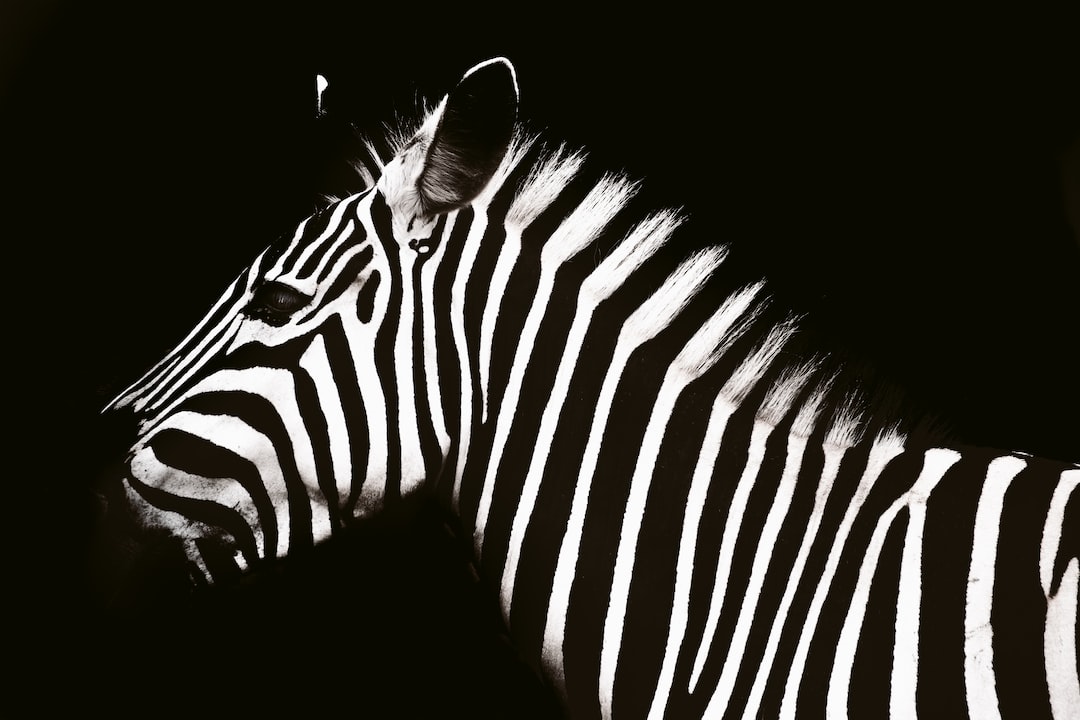Unlocking the Secrets of Animal Sleep: How Do Animals Rest?
Sleep is a phenomenon not limited to humans. In fact, animals across the animal kingdom exhibit various sleeping patterns and habits that never fail to fascinate us. From the majestic hibernation of bears to the intricate sleep cycles of birds, the world of animal sleep holds many secrets waiting to be unraveled. So, let’s delve into the intriguing world of animal slumber and try to unlock its mysteries.
One of the most remarkable aspects of animal sleep is the diverse range of patterns and durations exhibited by different species. Take dolphins, for example. These intelligent marine mammals are known for their ability to sleep with only one hemisphere of their brain at a time, leaving the other half alert and vigilant. This phenomenon, known as unihemispheric sleep, allows dolphins to rest while still being able to rise to the surface to breathe. Surprisingly, unihemispheric sleep is not unique to dolphins alone. Birds, such as ducks and chickens, and even some species of fish also exhibit this intriguing sleep pattern.
Another fascinating type of sleep pattern is polyphasic sleep, which involves breaking sleep into multiple short naps throughout the day. Some animals, like rats and horses, adopt a polyphasic sleep schedule due to their nature as prey animals. Constant vigilance is crucial for survival, so they take brief naps to ensure they are always alert. On the other hand, certain primates, like the tiny tarsier, divide their sleep into multiple naps during the night, allowing them to be active during both day and night.
While humans spend about a third of their lives asleep, other animals may have drastically different sleep needs. For instance, the giraffe is known to sleep as little as 30 minutes per day. These towering giants have a unique adaptation that reduces their need for sleep. They have an intricate sleep-wake cycle, with their sleep distributed throughout the day in short, 5-minute naps. This is likely an evolutionary adaptation to their vulnerable nature in the savannah, where quick reflexes are essential for survival.
On the other end of the spectrum, we find animals that spend an extraordinary amount of time sleeping. One prime example is the koala, which can sleep up to 22 hours a day. These adorable creatures have a low metabolic rate and a diet consisting primarily of eucalyptus leaves, which provide minimal nutrients and calories. To conserve energy, koalas spend most of their day sleeping and resting. While this extended slumber seems excessive, it is essential for their survival.
However, the sleeping habits of animals do not solely revolve around the duration and patterns of sleep. Evolution has equipped them with unique adaptations that allow them to sleep comfortably, even in the most challenging circumstances. Bats, for instance, sleep upside down, hanging from tree branches or cave ceilings. This position may seem uncomfortable to us, but for bats, it is a natural and efficient way to sleep. Hanging upside down enables them to take off quickly in case of danger, as well as conserve energy by not having to rely on muscles to hold themselves up.
Another extraordinary adaptation can be found in marine mammals. Whales and dolphins have the ability to sleep while swimming, an adaptation necessary for their constant movement and need to breathe. They enter a lesser state of consciousness known as logging, where they rest but remain semi-alert to their surroundings. This allows them to surface for air whenever needed while still gaining some rest.
Unlocking the secrets of animal sleep not only satisfies our curiosity about the natural world but also gives us insights into our own sleep patterns. By studying animals, scientists may discover potential remedies for sleep disorders or understand how certain animals can thrive on minimal sleep. Additionally, understanding the different sleep adaptations can help us appreciate the incredible diversity of life on Earth.
Next time you see a squirrel curled up in a tree or a lion napping in the shade, take a moment to ponder the intricacies of their sleep patterns. From the unihemispheric sleep of dolphins to the polyphasic sleep of rats, the animal kingdom never ceases to amaze us with its creative sleep habits. So, as we unravel the secrets of animal sleep, let us marvel at the wonders of nature and the various ways in which creatures rest their weary heads.

